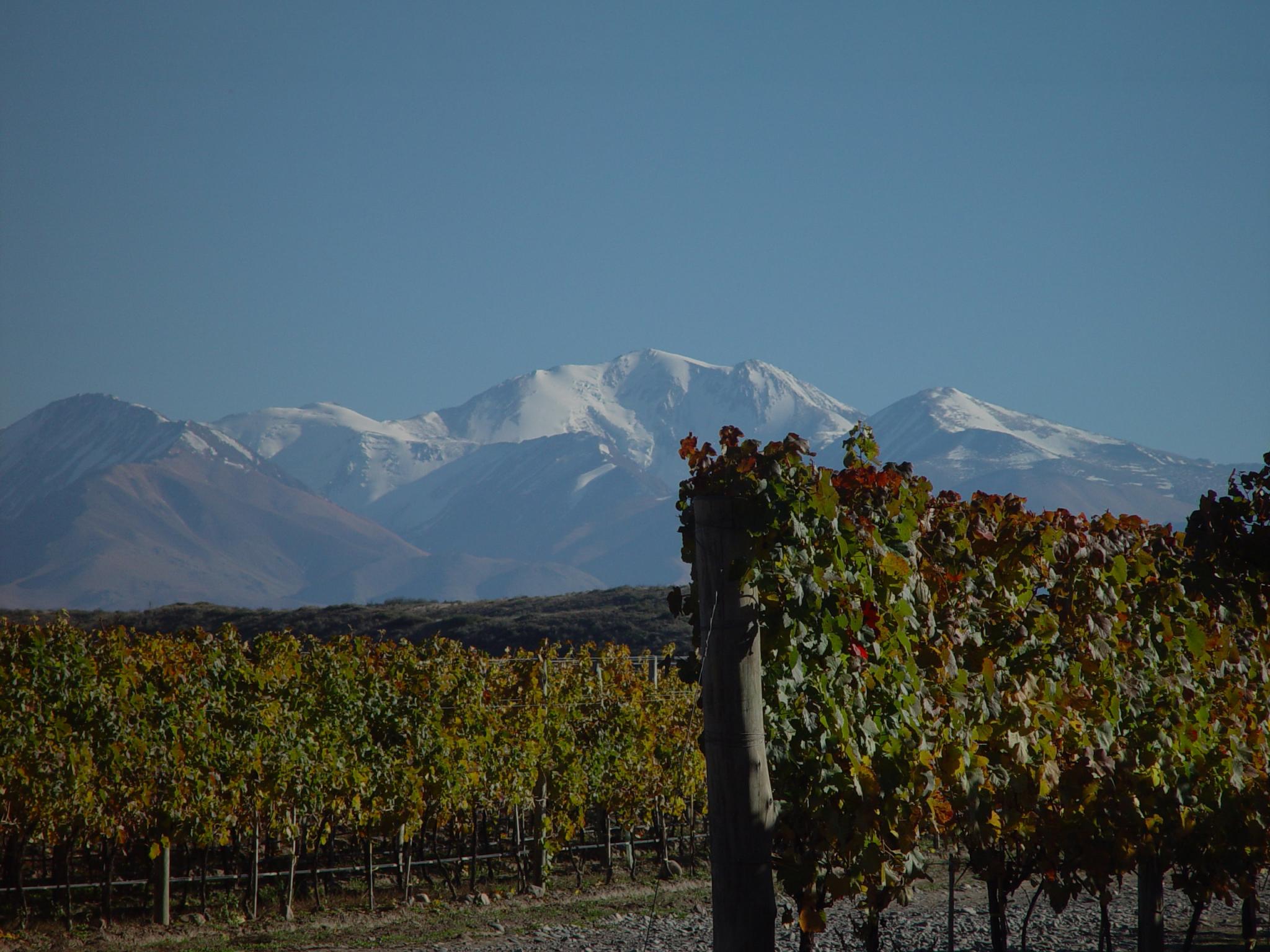Amancaya

The vintage
Flowering took place just as Mendoza was experiencing the lowest temperatures in half a century for that period of the year. By the time of harvest, the grapes presented an unusual combination of low alcohol, high acidity and vibrant flavors. A unique and elegant combination that definitively set the 2016 vintage apart. Uco Valley : From October to January, rainfall was significantly higher, and the sum of average daily temperatures was considerably lower than historical averages for this period. Due to this, the onset of ripening was delayed by almost a month. However, February registered record high temperatures and March was dry, as is usual for this area, providing excellent harvesting conditions. First Zone : The season showed similar patterns to the Uco Valley regarding temperatures. However, the soil is heavier and deeper in Agrelo and Las Compuertas than in Altamira (Uco Valley). As a result, the harvest date in the First Zone was almost the same as in the Uco Valley.
Location
Nestled at the foothills of the snowcapped Andes mountains, Mendoza is known as the best wine producing region in Argentina. With vines planted on high plateaux between 800 and 1200m above sea level, Mendoza's vineyards are known as the highest in the world. Sheltered from the rain by the mountains to the West and the Pampa to the East, the region is very arid. Mendoza wines draw their character from an exceptionnal sun exposure and wide temperature variatons between night and day
Terroir
Amancaya is the Quechua name of an endemic flower of the Andes found in the Mendoza area. Grapes are sourced from selected plots of old vines in Lujan de Cuyo just outside Mendoza, and also from Altamira, further South. In Lujan, soils are quite varied depending on how close vineyards are to the mountains or Mendoza River, and tend to form alluvial layers of loam, rock, and gravel. In Altamira, vineyards are planted at 1000m above sea level, on the ancient alluvial bed of the Tunuyan River.
Winemaking
Harvest is conducted by hand and grapes are carefully sorted on tables and destemmed before being placed in stainless steel tanks for fermentation. Regular pumping-over ensure a gentle extraction of the tannins. After malolactic fermentation, 50% of the wine is transfered into French oak barrels for a period of 12 months, and 50% is placed in concrete vats.
Grapes
Tasting
Deep ruby color. The nose is expressive with notes of red fruits, coffee and black pepper. Complex on the palate with aromas of plums, fruit and spices, this well-balanced wine is an elegant expression of Malbec and Cabernet Sauvignon.
Downloads

